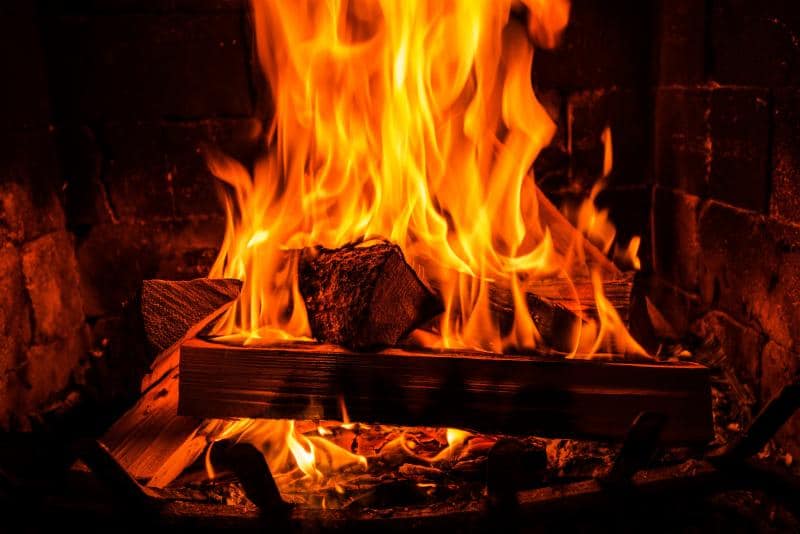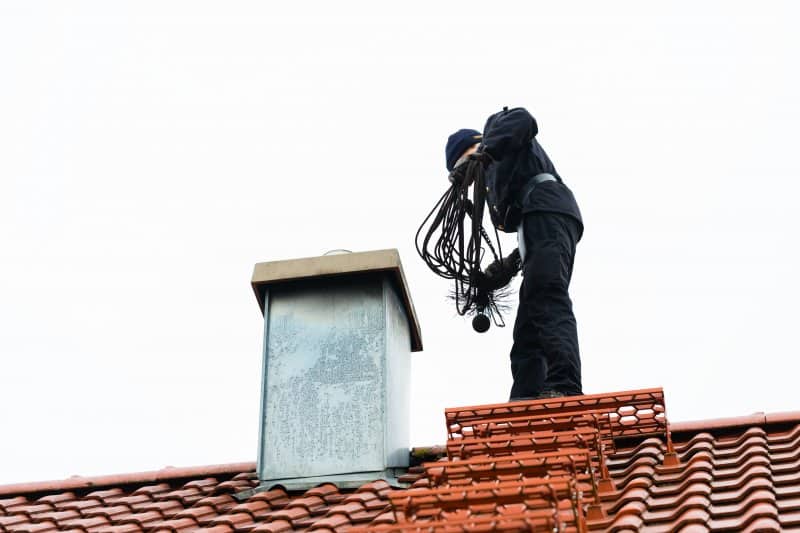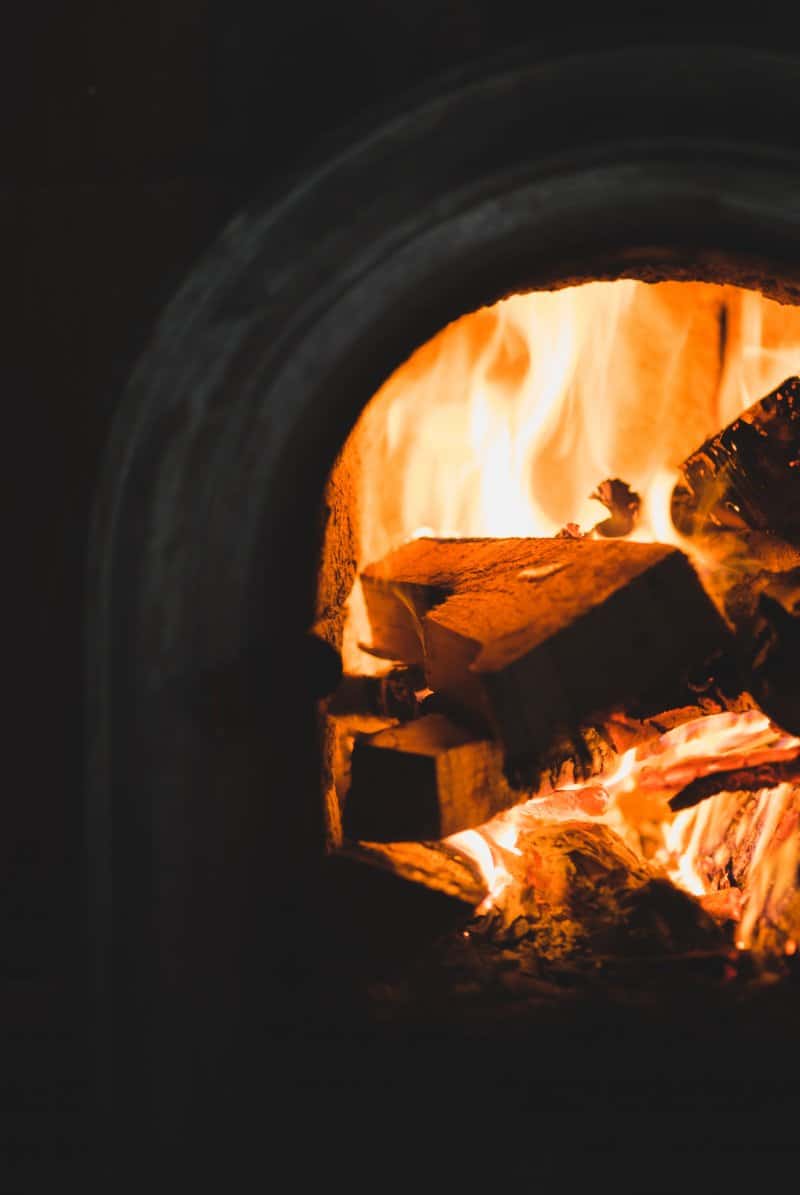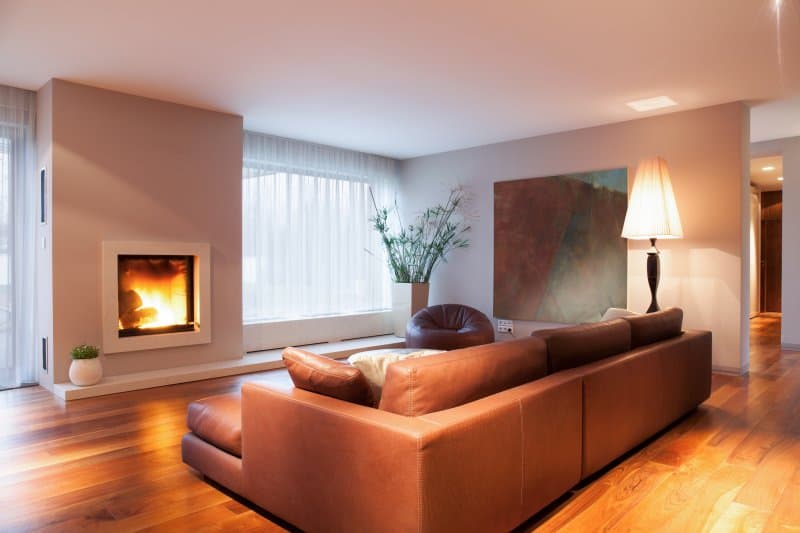
Wood burning stoves and fireplaces add aesthetic beauty and wonderful warmth to a property during colder months, but they can be dangerous if not properly maintained. As home inspectors, we can assure you that heating your home with wood can be safe if you take the necessary precautions. Don't take any risks with the safety of your home or commercial property!
Here are a few fireplace safety tips our C4U inspectors would like to share with you.
WETT (Wood Energy Technical Transfer) Inspection is conducted on any solid fuel burning appliance. A certified inspector is trained to check whether your fireplace is up to local fire safety code.
An inspection includes a thorough look at the inside and outside of the chimney and all its components (liner, flue, smoke chamber, damper, firebox), as well as a look at the area surrounding your fireplace.
If you’re purchasing a home with a fireplace, especially an older home, it might be worth your while to add a WETT Inspection as a sales condition.
 We usually recommend your chimney be cleaned in the fall, before the cold weather hits. But, depending on how often you use your fireplace, you might benefit from a good clean a few times a year.
We usually recommend your chimney be cleaned in the fall, before the cold weather hits. But, depending on how often you use your fireplace, you might benefit from a good clean a few times a year.
Even if you feel secure to do it yourself, we still recommend a professional chimney sweep come do the dirty work.
A certified chimney sweep will inspect the flue vents and remove any build-up of ash and creosote. You can also rest assured that the sweep will do a visual inspection of your fireplace.
Make sure your detectors are up to date and check if new batteries might be needed. You should have at least one smoke detector on each level of your home, and at least one carbon monoxide detector.
If you have more questions about why it benefits to install a carbon monoxide detectors, we’ve shared some professional insights in a previous blog.
 Make sure to open the damper before you light the fire, and leave it open until there’s no fire and the ashes have cooled down.
Make sure to open the damper before you light the fire, and leave it open until there’s no fire and the ashes have cooled down.
Install a screen or curtain to keep embers and logs safe inside the fireplace.
Don’t start the fire with a flammable liquid, this only increase the chances of hurting yourself or starting a fire. Depending on the size of your fireplace and the size of the logs you’re using, only put in one or two logs at a time.
If you’re done with the fire before it has gone out on its own, spread the remaining embers with a poker to cool them faster.
Most importantly, always keep an eye on the fire and don’t leave the house with the fire going. For any unexpected events, keep a fire extinguisher within reach.
Outside, make sure to store firewood away from the exterior of the house. In case of a nearby fire, it is more likely to do great damage. Inside, keep firewood away from the fireplace.
Let the ashes sit overnight and cool completely. Once you put the ashes in a metal container, don’t keep them near your home or throw them in a pile in your yard. There are several options how to discard ashes safely, from raking them into an acidic soil, to using them for slippery steps.
On a side note, make sure you only burn dry wood. Don’t burn treated or green wood, plastics, or trash.
 Often fireplaces are the central point in a room and we like to accentuate that. Make sure to not put any decorations, blankets or pillows, furniture, or any other items made of flammable materials near the fireplace.
Often fireplaces are the central point in a room and we like to accentuate that. Make sure to not put any decorations, blankets or pillows, furniture, or any other items made of flammable materials near the fireplace.
Keep a space of at least three feet between your fireplace and the nearest object.
Do you have more questions about fireplace safety? We are happy to get help! Get a hold of our qualified C4U inspectors.